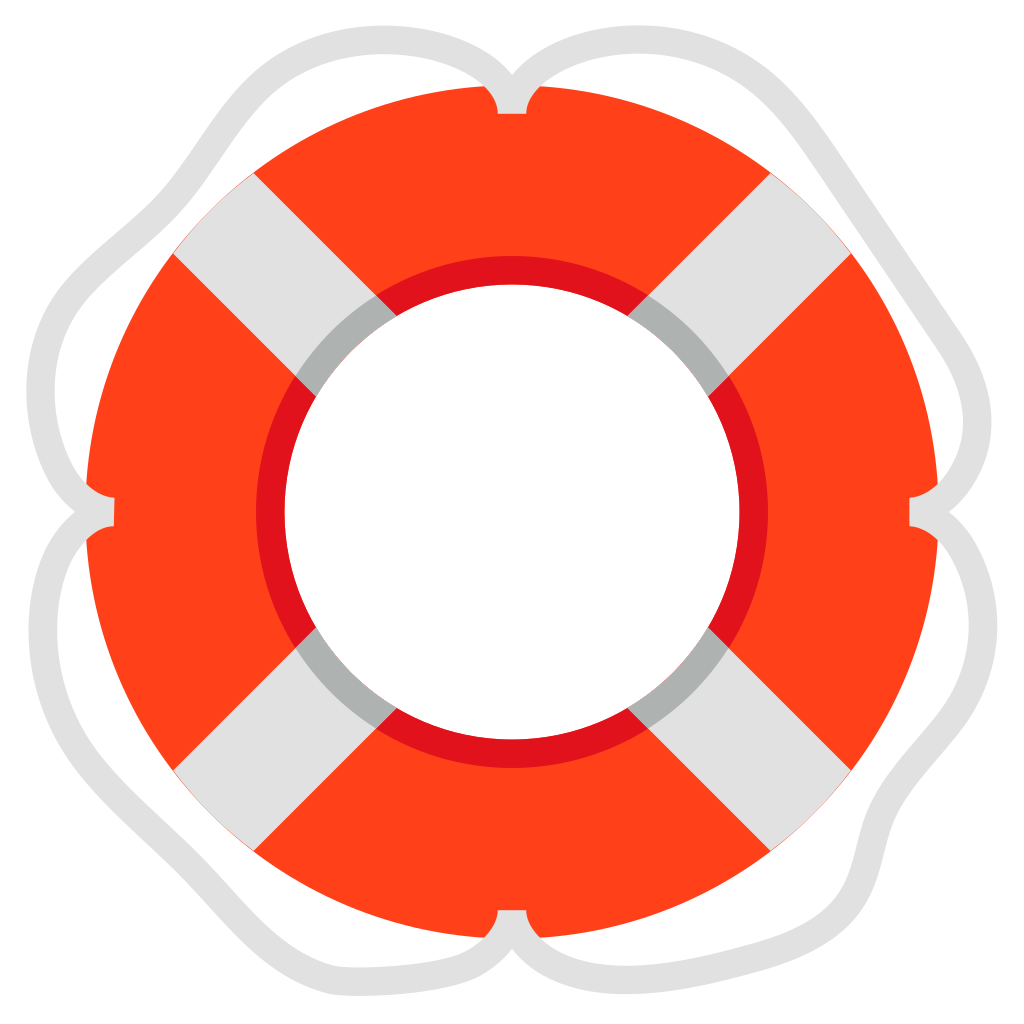The island of Cuba lies in the Caribbean Sea and is part of the Greater Antilles archipelago. It is a very specific destination with pristine seas, plenty of fish and a lack of restaurants. Coral reefs and atolls are abundant along the beautiful coastline. The entire island of Cuba is made up of approximately four thousand islets. Therefore, there is always the opportunity to discover new and untouched natural places while sailing.
Why sail to Cuba?
- For sailing enthusiasts - a completely unique sailing experience for lovers of deserted places, sailors avoiding civilization and sailors not requiring a restaurant every night.
- For lovers of flora, fauna and tropical nature - Cuba has been called the pearl of the Caribbean for its natural beauty. Due to its isolation from the mainland, the island is home to a significant number of animals, birds and plants.
- For divers - A very specific destination with pristine seas, a large number of fish and beautiful coastlines where coral reefs and atolls abound. Cuba is surrounded by one of the largest coral reefs in the world.
Yachting areas
Capital City
The capital and largest city of Cuba is Havana, also known as La Habana and is also known as the Paris of the Caribbean. It is home to 2.2 million inhabitants and is one of Cuba's 15 provinces. Havana is also a UNESCO World Heritage Site. Last but not least, it is also a transport hub for the whole of Cuba with a major port and the Jose Martí International Airport.

Varadero
It is one of the largest Cuban resorts, located near the capital Havana. It is located in the province of Matanzas. Since 1555, it dates that there was a Spanish port. In the 1920s, the current resort was built here to serve as a resort for the rich. Today, Varadero is a popular tourist resort with white sandy beaches and entertainment resorts.
Trinidad
The city was founded in 1514 by the Spaniard Diego Velázquez de Cuéllar. It is therefore one of the oldest cities in Cuba. Thanks to its architecture, it was declared a UNESCO World Heritage Site in 1988. The city has generated sufficient capital and wealth thanks to its vast sugar cane plantations and the sugar cane trade. It thus became one of the historic cities where architecture flourished. One of the most popular beaches, Playa Ancon, is located near the town.
Weather and climate
Cuba is one of the countries where you can go almost any time, due to the constant air temperatures of around 25° and sea temperatures of around 24°. In the winter months, from about November to April, the weather is usually the coldest and most stable, making this the main and best season to visit. Even though the summer months on the island are, on the contrary, the tropical rainy season, this time is becoming increasingly popular. This is because it doesn't represent endless downpours, but rather short and sharp showers that bring relief from the relentless heat and also slightly more pleasant off-season prices.The island's weather is also affected by trade winds throughout the year, and there is also a high risk of hurricanes from late August to early October. The Caribbean air in general also has a very high humidity - around 80%, so it is advisable to equip yourself with clothing made primarily from natural materials.

